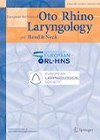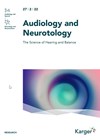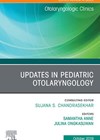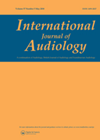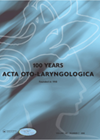
Journal Reviews
Transcutaneous vs. percutaneous bone conduction devices
Bone conduction devices (BCD) have proven to be effective options for hearing amplification in patients who are not candidates for conventional hearing aids. This study prospectively surveyed 70 patients with BCD using the COSI (Client Oriented Scale of Improvement) and...
Softband vs. adhesive adapter in children with unilateral microtia and atresia
A bone conduction device is a well-established treatment indicated for patients with unilateral microtia and canal atresia. There are a variety of nonsurgical bone conduction hearing aids (BCHAs) with different coupling methods (softbands/adhesive adapter/spectacles). There appears to be uncertainty of...
Understanding osseointegration for the otologist
Bone conduction implants are hearing devices that require osseointegration to create a stable and reliable interface between the hearing device and the skull to deliver sound to the cochlea. This article reviews the physiology of osseointegration, factors that may lead...
Maturation of BC attenuation
The aim of this study was to clarify the reason for differences between bone-conduction hearing in adults and infants. The authors investigated how the sound pressure level in the ear canal changes depending on the bone-conduction transducer placement. By using...
Which bone conduction implant (BCI) device to use?
Bone conduction implants (BCI) are alternatives when the use and benefit of conventional, prosthetic equipment is limited or contraindicated in patients who suffer from conductive, mixed and single-sided deafness. They are broadly divided into two main groups delivering vibration directly...

